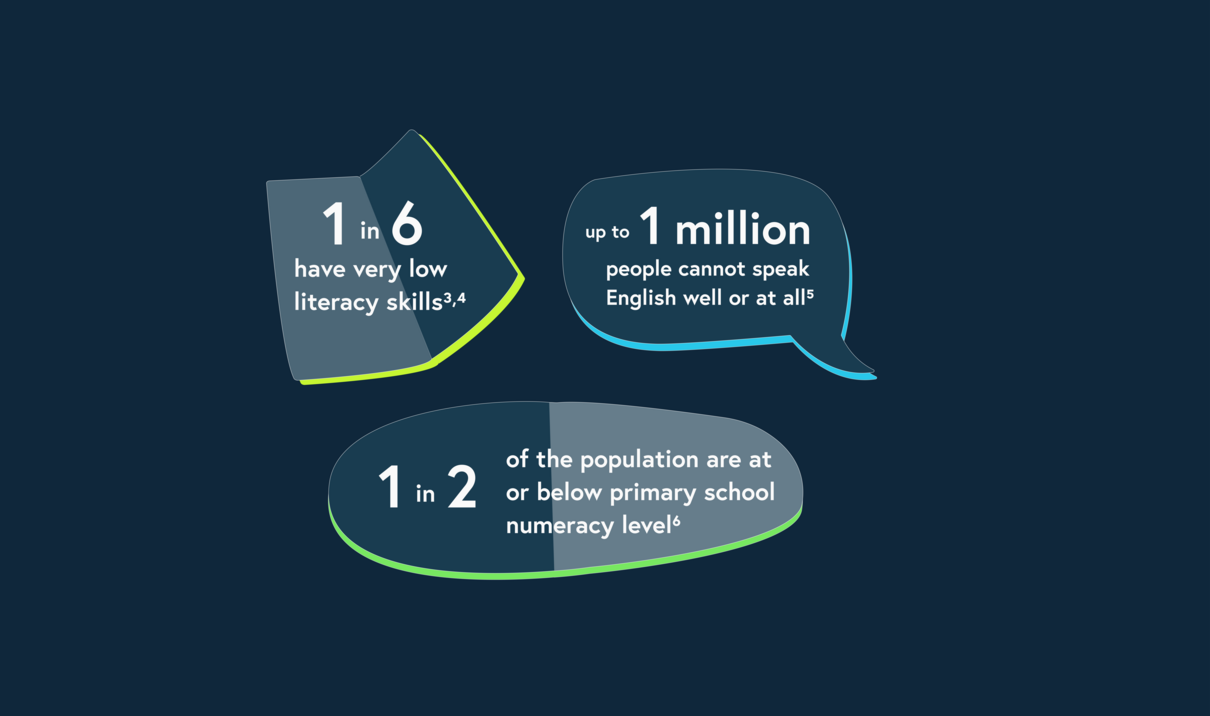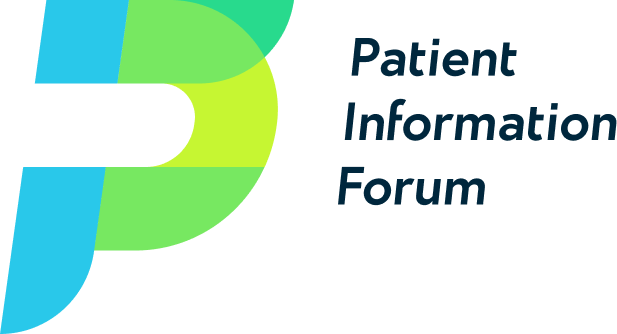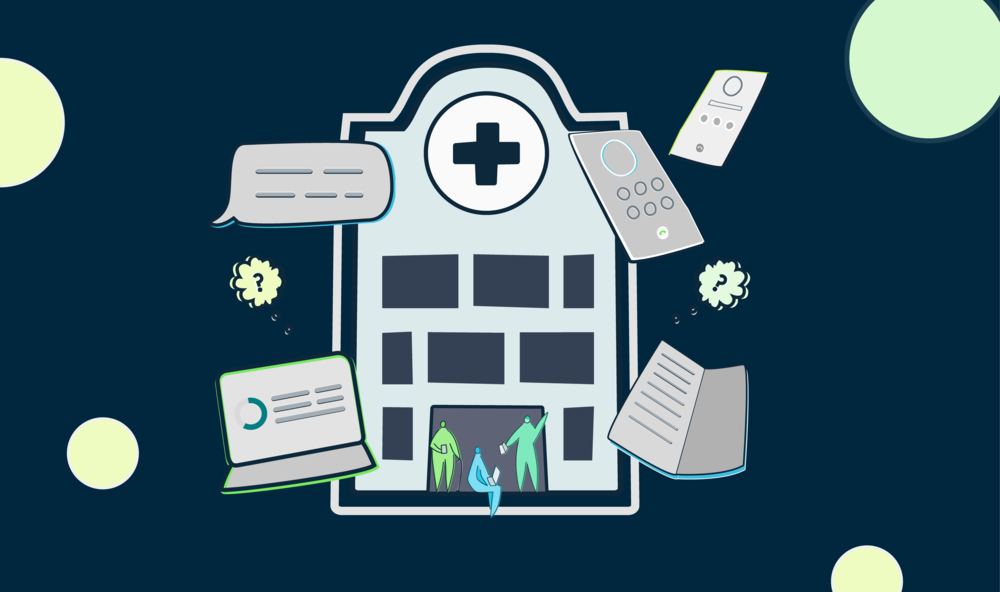
Health literacy matters
Our 1-page infographic makes the case for the development of health literate information. It sets out the average UK skills for literacy and numeracy, the impact this has on health and what information producers can do to develop information that works for everyone.
The principles for development echo the PIF TICK criteria. They can be applied to all health information, in all formats whatever the topic – from vaccines to verruca.
The infographic has been designed in response to member demand. It makes the case that health literate information is not 'dumbed down', rather it helps level up.
Our thanks to members Dr Knut Schroeder, Eleanor Stanley, Julia Bell and Mike Etkind who helped with development. Thanks also to Professor Joanne Protheroe, Dr Evelyn McElhinney, Julia Bell and Surfraz Ahmed who contributed to our 2023 review.
People need trustworthy information to make decisions about health but…
- 5 million adults cannot find relevant data in standard health information
- 1.7 million are unable to explain symptoms and feelings over the phone
- 1 million cannot follow a letter from a GP surgery or hospital department
- 6.5 million cannot measure or record height and weight on a chart[1]
- 9 million people are unable to use digital tools without help[2]
UK information skills
- 1 in 6 have very low literacy skills[3,4]
- up to 1 million people cannot speak English well or at all[5]
- 50% of the population are at or below primary school numeracy level[6]
- Older people are likely to have lower health literacy[7]
What does this mean for health?
- More health inequality
- Less ability to self-care
- More preventable ill health and death[8]
- Less trust in healthcare professionals
- General negativity towards health and healthcare[9]
Let’s tackle this inequality gap and create health literate information for all:
- Involve users in the development
- Make information easy to access, use and navigate
- Make it easy for users to give feedback
- Promote information so it reaches the people who need it most
- Aim for a reading age of 9-11 for health information[3,4]
Health literate information is not ‘dumbed down’, it helps ‘level up’.
References
- Rowlands G, Protheroe J et al, 2015. BJGP, 65(635): e379-e386. bjgp.org/content/65/635/e379
- Lloyds Bank, 2020. www.lloydsbank.com
- Survey of Adult Skills 2015 oecd.org/skills/piaac
- Skills for Life 2011 assets.publishing.service.gov.uk/government/uploads/system/uploads/attachment_data/file/36000/12-p168-2011-skills-for-life-survey.pdf
- www.ethnicity-facts-figures.service.gov.uk/uk-population-by-ethnicity/demographics/english-language-skills/latest
- www.nationalnumeracy.org.uk/sites/default/files/documents/Our_year_in_numbers/national_numeracy_day_2019.pdf
- Functional health literacy and health-promoting behaviour in a national sample of British adults https://jech.bmj.com/content/61/12/1086.short
- National Voices, 2017. www.nationalvoices.org.uk
- Gupta C et al, 2014. J HealthCommun, 19(0 2): 44–60. www.ncbi.nlm.nih.gov
Published by the Patient Information Forum Ltd.
Originally published June 2021. Last updated June 2023. Review date: June 2026.

Health literacy matters
Designed in response to member demand, our one-page infographic makes the case for the development of health literate information.
Health literacy matters poster

Health literacy checklist
Download our simple checklist to help you check how health-literacy friendly your materials are.
Health literacy checklist

